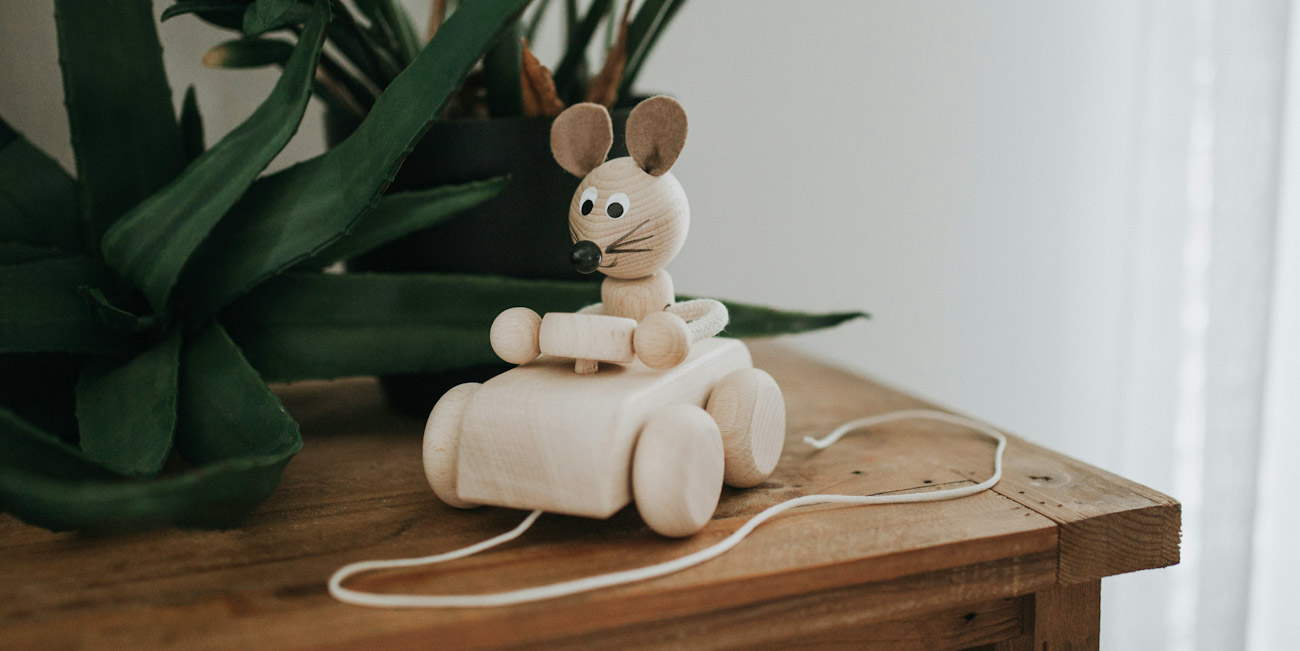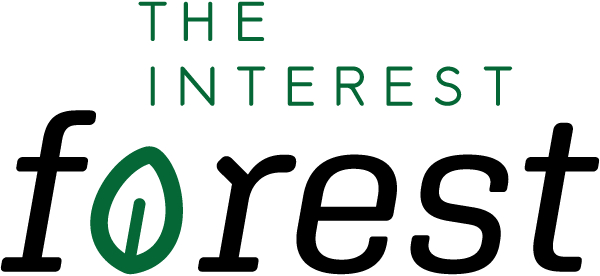
There are various types of push and pull toys that help children learn about cause and effect and improve their abilities in balancing and walking. These include: cars, trains, bikes, prams, shopping trolleys, wheelbarrows, wheeled toys on a string, and wagons filled with blocks. Early childhood educators can extend a child's interest in push and pull toys by providing new types of toys. Look for toys that increase the level of challenge.
EYLF Learning Outcomes
Push and pull toys align with the Early Years Learning Framework. They help children become strong in their physical learning and wellbeing (3.2) and gain learning dispositions such as curiosity, confidence, commitment, enthusiasm, and persistence (4.1).
Push and pull toys help children develop a range of learning and thinking skills and processes such as problem-solving, inquiry, experimentation, hypothesising, researching and investigating (4.2). Children will transfer and adapt the same movements between different toys (4.3) while engaging with materials (4.4).
Learning experiences
Educators can extend children’s play with push and pull toys by:
- changing the surface and environment (e.g. trucks in the sandpit)
- incorporating ramps that children can walk up and down
- challenging children to pull or push multiple toys
- encouraging children to roleplay as delivery drivers or postmen (e.g. attach a letter to a toy car).
In addition to using toys, educators can help children:
- set up an obstacle course with push and pull elements
- play tug-of-war which involves pulling heavy ropes
- design a pulley system with buckets
- incorporate push and pull movements in art with rolling pins and stamps
- and move heavy or large objects, like tables, boxes filled with sand, or yoga balls.
